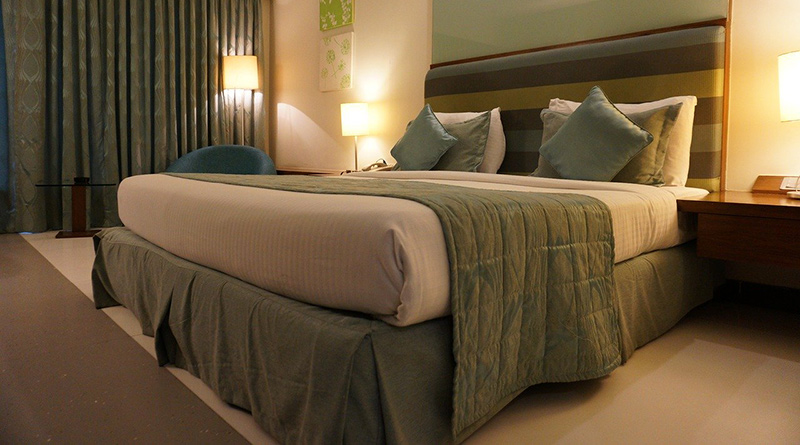No Slowdown for UK Hotel Occupancy After the Summer

UK hotel occupancy rates continued to increase in September as London starts to bounce back driving an increase for the fifth consecutive month, according to the RSM Hotels Tracker.
The data, compiled and produced by STR and analysed by RSM, shows the average occupancy rate has risen to 72 per cent in September from 71 per cent in August 2021. Despite a gradual increase since the start of the year, UK occupancy levels are still 11 per cent less than pre-pandemic levels.
London saw the strongest growth in September moving to 62 per cent from 56 per cent in August, despite being 25 per centage points behind pre-pandemic levels. However, current bookings for London in October are more than three times higher than the same period last year showing more consumer confidence to book a visit to the Capital.
Wales saw its first drop in occupancy levels since April 2021 with a fall from 86 per cent in August to 79 per cent following a bumper summer period.
The average room rate increased from £94 to £100 in September across the UK and has almost recovered to pre-pandemic levels at £102. In addition, revenue per available room across the UK was £72 in September 2021, up from £33 in 2020; but still behind pre-pandemic levels at £85.
Chris Tate, head of hotels and accommodation at RSM, said: ‘The hotel sector is heading in the right direction as we approach the festive period. There has been no dip in occupancy levels after the summer period as more consumers seem to be switching from family holidays to city breaks with London feeling the benefit this month.
‘Despite strong growth in London, lower than normal occupancy levels and oversupply in the Capital continue to drag down average room rates and revenue per available room behind pre-pandemic levels. However, seeing October bookings triple in the Capital, compared to the same time last year, is a welcome sign of confidence for the sector.
